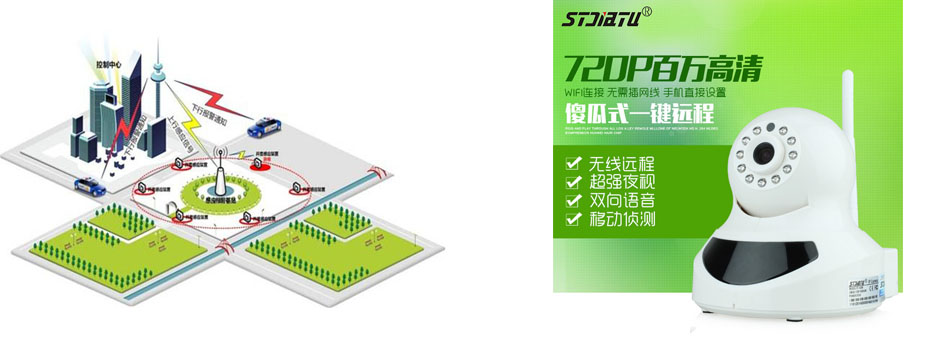地?zé)嵩撮]式循環(huán)系統(tǒng)
Ground heat source closed cycle system
在土壤中敷設(shè)換熱器(管),與土壤直接進(jìn)行熱交換。在冬季供給機(jī)組熱量,在夏季吸收機(jī)組排出的熱量。垂直環(huán)路(如圖1所示)的安裝為:先在土壤中鉆垂直的孔,然后在孔中裝入聚乙烯塑料管。水平環(huán)路為在地面以下1.5m的土壤中敷設(shè)換熱器(管)。垂直環(huán)路和水平環(huán)路均為從土壤中吸取或放出熱量。
Lay heat exchangers (pipes) in the soil for direct heat exchange with the soil. Supply heat to the unit in winter and absorb the heat discharged by the unit in summer. The installation of the vertical loop (as shown in Figure 1) involves drilling vertical holes in the soil first, and then inserting polyethylene plastic pipes into the holes. The horizontal loop involves laying heat exchangers (pipes) in soil 1.5m below the ground level. Both vertical and horizontal loops absorb or release heat from the soil.
地表水或湖水循環(huán)系統(tǒng)
Surface water or lake water circulation system
利用江河湖海等地表水資源,通過敷州苗木 保定通風(fēng)管道 絲網(wǎng)立柱模具 尼龍輸送帶 保定空壓機(jī) 高碑店養(yǎng)老院設(shè)水中的換熱裝置進(jìn)行熱量交換。通過在建筑物附近的湖水或其他水體中安裝閉式換熱裝置,為建筑物提供或放出熱量。換熱裝置既要美觀,而且要排水方便。湖的大小和深度是尤為關(guān)鍵的,需要通過精密計(jì)算,以確定湖水能滿足建筑物的制冷和制熱需求。
Utilize surface water resources such as rivers, lakes, and seas to exchange heat by installing heat exchange devices in the water. Install closed heat exchangers in lakes or other water bodies near buildings to provide or release heat to the building. The heat exchange device should be both aesthetically pleasing and have convenient drainage. The size and depth of the lake are particularly crucial, and precise calculations are needed to determine whether the lake water can meet the cooling and heating needs of the building.

